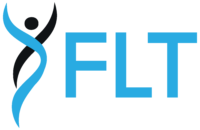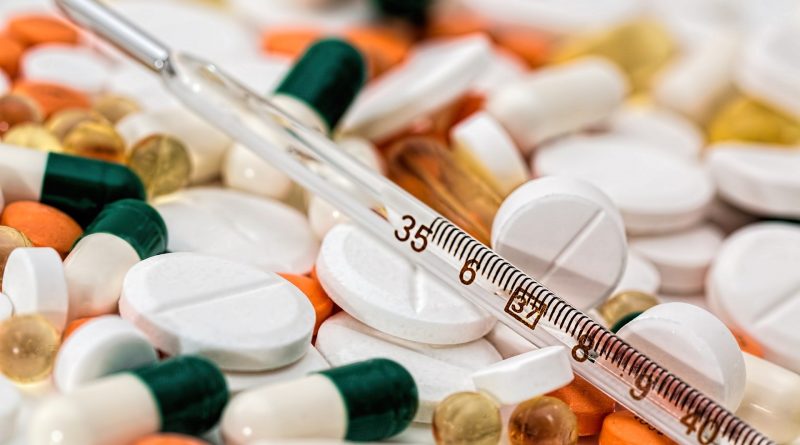Medicare Beneficiaries That Use Insulin Will See a Huge Drop in Copays – Here’s What You Need to Know
Over the last two decades, the cost of a 30-day supply of insulin has increased by 1200%. The original price when Eli Lilly’s Humalog was first released was $21. In 2019, that same vial cost $275. As of 2019, most diabetic patients were paying $300 – $800 per month for their insulin supply. However, that’s all about to change for Medicare beneficiaries.
With the help of the Trump Administration, the Centers for Medicare and Medicaid Services has declared Medicare beneficiaries will begin seeing insulin copays as high as $35 starting January 1, 2021. This plan is known as the Part D Senior Savings Model. It can help over 3.3 million Medicare beneficiaries who rely on at least one form of insulin.
About the Part D Senior Savings Model
The Part D Senior Savings Model is a program in which Part D plan sponsors and drug manufacturers can enroll in so they can offer lower, competitive copays for their insulin. As of May 26, 2020, over 1,750 Part D plans and Medicare Advantage plans had already applied for the Model.
To qualify for the Model, Part D plan sponsors must offer a wide range of insulins. The plan must cover at least one pen and vial form of the insulin and all four types of insulin (intermediate-acting, short-acting, long-acting, and rapid-acting). The drug manufacturers participating in the Model, Eli Lilly, Novo Nordisk, and Sanofi, must make all of their insulin products available under the program. In other words, the participating Part D plans can include any insulin products from these manufacturers in their formulary.
The Model’s effect on insulin copays
Under the new Model Part D plans, insulin copays cannot exceed $35 for a 1-month supply. Therefore, the maximum a beneficiary enrolled in a Model Part D plan may pay for insulin is $420 per year. That’s equivalent to some people’s monthly costs for insulin.
However, many beneficiaries may pay less. The copays can’t exceed $35 but can certainly be lower. If the Part D sponsors want to stay competitive, they will likely offer copays lower than $35.According to CMS, the average annual cost for insulin under the Part D Senior Savings Model will be $229.
The copay for insulin under the Model won’t increase during the coverage gap either. The maximum copay will remain at $35 throughout every stage of the Part D plan instead of fluctuating like it currently does.
How to enroll in a Model Part D plan
The Annual Election Period for enrolling in 2021 plans starts October 15, 2020, and ends December 7, 2020. During this enrollment period, Medicare beneficiaries can switch their Part D plan or Medicare Advantage plan to a Model Part D plan. The new plans will take effect on January 1, 2021.
The Centers for Medicare and Medicaid Services (CMS) plan to improve their Medicare Plan Finder tool on Medicare.gov. The tool will have a filter feature that will allow beneficiaries to view only the new Model Part D plans to compare the plans offering the lowered insulin copays quickly. Medicare beneficiaries in every state should see Model plan options.
While Medicare beneficiaries can’t shop their plans until the Annual Election Period, CMS will release the Model plans’ information to the public in September 2020, including the plans’ premiums and copays. Medicare beneficiaries will also receive their Annual Notice of Change in September, so they should review their current plans’ changes before the Annual Election Period starts. Medicare beneficiaries who lean on insulin to manage their diabetes can finally see the light at the end of the tunnel. 2021 should be a year of savings for so many beneficiaries who have been drained from the cost of insulin.

